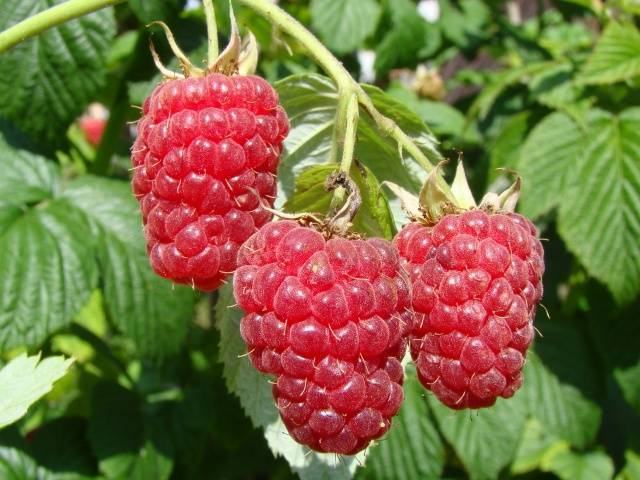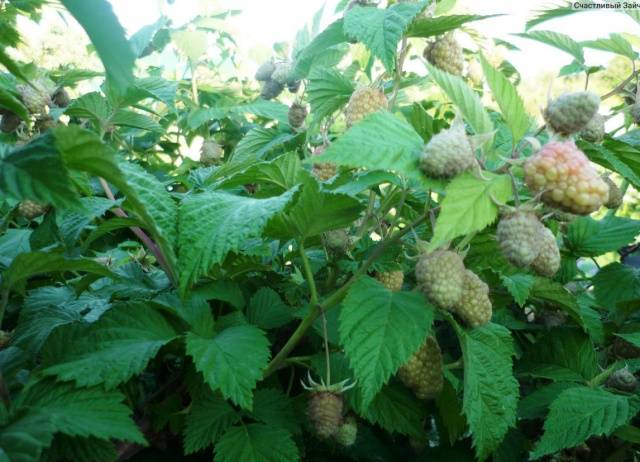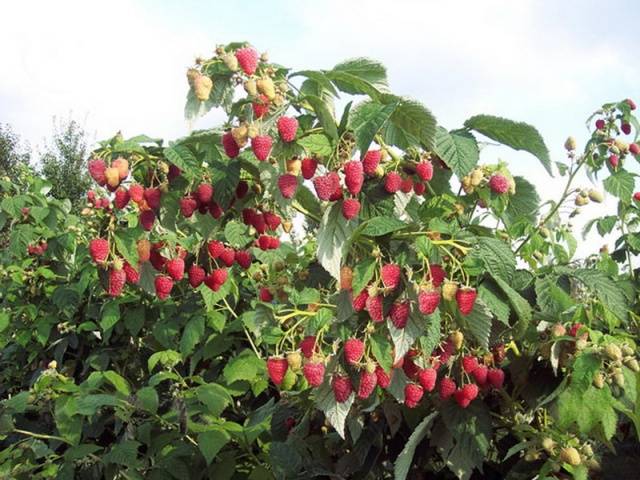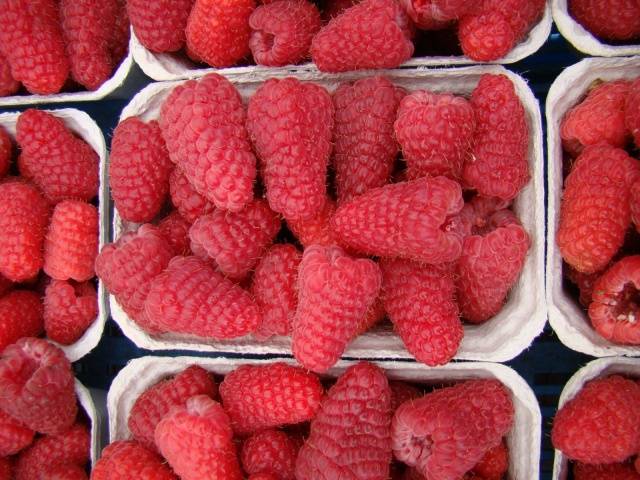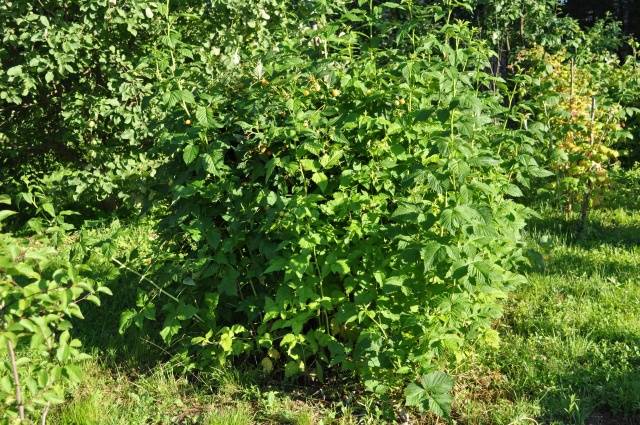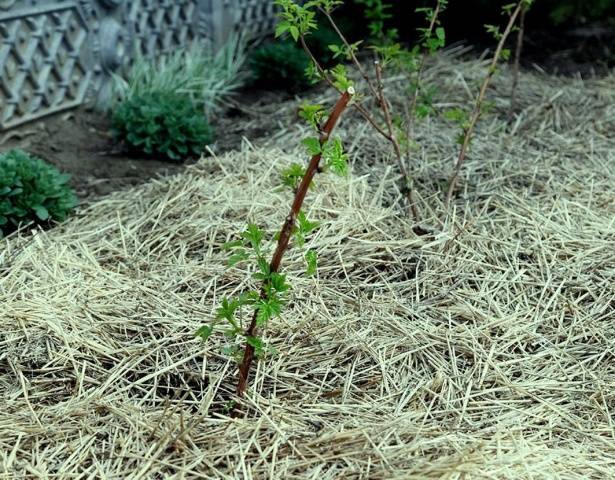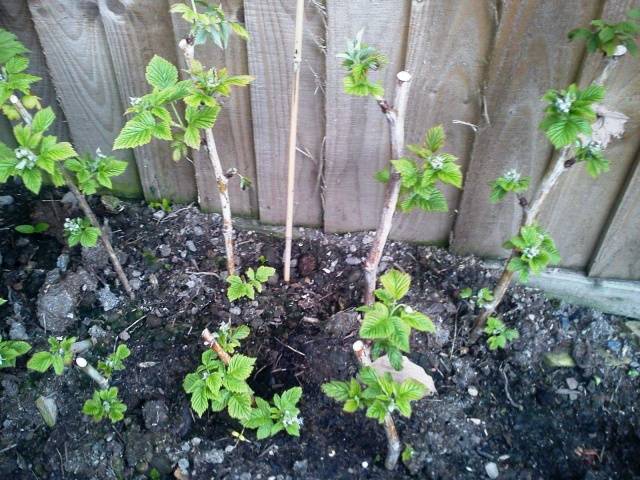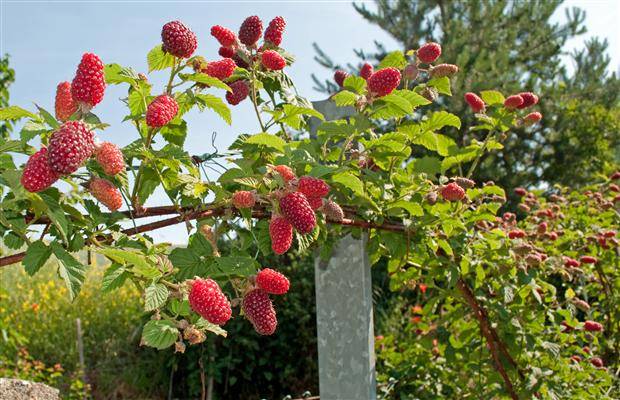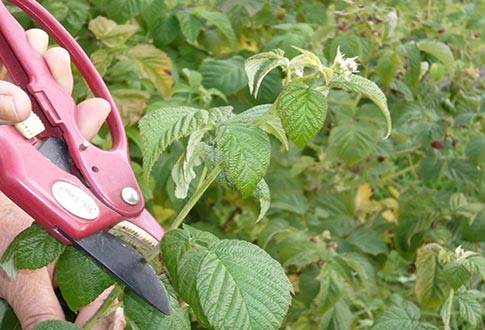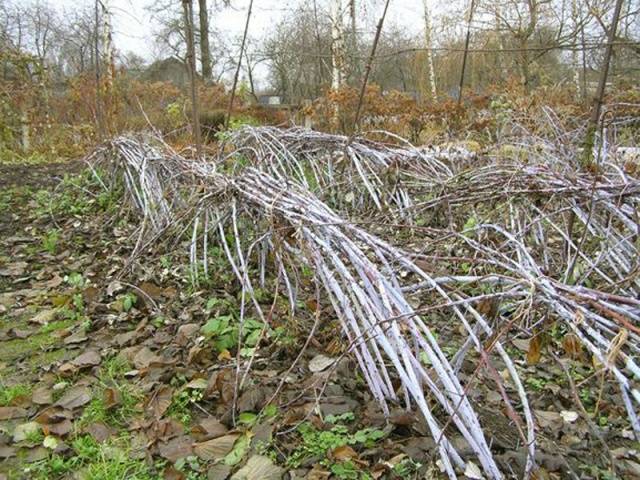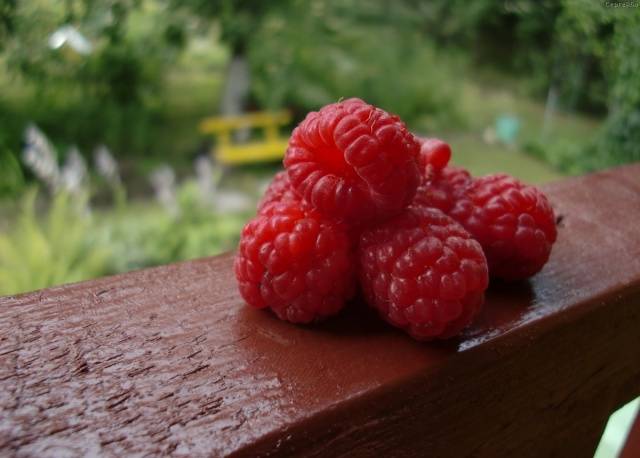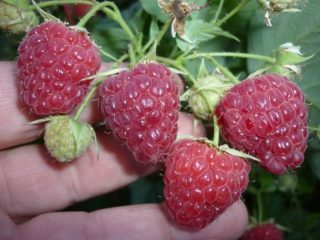Content
Today there are hundreds of new varieties of garden raspberries, but "Maroseyka" bred half a century ago does not lose its popularity and is still considered one of the best raspberry hybrids. This hybrid was bred in Moscow, and it was the first thornless variety, distinguished by its large size and excellent fruit taste. "Maroseyka" can be grown at home, it is also suitable for industrial scale, large farms. Raspberries have a lot of advantages, this variety has its own nuances, which a gardener must know about.
In this article, you can find a description of the variety, a photo of Maroseyka raspberries, as well as reviews of those who have been growing this wonderful hybrid for a long time.
Maroseyka variety and its characteristics
The raspberry litter Maroseyka was bred from the Scottish variety, and it became the first hybrid in Russia without thorns. Breeders focused on the yield of the hybrid, its resistance to climatic factors and the taste of the berries.
You can find out "Maroseyka" by the following external signs:
- sprawling bushes, reaching 170 cm in height;
- raspberries give a lot of shoots and side shoots, so the bushes are powerful, they can be easily propagated by division;
- perennial shoots are covered with a waxy coating, do not have thorns, young branches are pubescent, flexible;
- leaves on the bushes are large, dark green;
- the berries are large, have an elongated shape, are colored scarlet, smell strong, contain a lot of sugar and few seeds.
Characteristics of a raspberry variety called "Maroseyka" has the following:
- Disease and pest resistance. Even on the affected shoots, the berries develop normally and in the same amount as on healthy ones.
- Unpretentiousness of the plant. "Maroseyka" does not need complex agricultural techniques and constant care. To harvest a good harvest, it is enough to adhere to simple rules of care.
- High productivity. 4-5 kg of sweet berries are harvested from each bush of "Maroseyka". If you feed the raspberries well, you can increase the yield up to six kilograms per bush.
- Large-fruited. The berries are large, intergrown double fruits are often found.
- Excellent taste. Raspberry "Maroseyka" is very sweet, aromatic, contains a small amount of seeds. Fruits are elastic, tolerate transportation well, they can be frozen, canned and eaten fresh.
- Winter hardiness. The variety perfectly tolerates the climate of central Russia, but in more severe conditions it needs shelter.
It is possible to harvest in July, as the raspberry "Maroseyka" belongs to the mid-season varieties. Fruiting in the hybrid is extended, the berries are harvested in 4-5 receptions, ending the collection around the end of August.
Although "Maroseyka" does not belong to the remontant varieties, some gardeners often observe the repeated harvest of raspberries on the tops of young shoots.
Bushes live for a long time, on average, 10-12 years. If you grow raspberries in a sheltered, sunny place, take good care of them and feed them regularly, you can collect good harvests for more than 20 years. In industrial cultivation, fruit shrinking is observed 10 years after planting the bush, this process is explained by the degeneration of the hybrid, the instability of the gene responsible for large-fruited.
Raspberry "Maroseyka": planting and care
As mentioned above, the Maroseyka variety is quite unpretentious, but its cultivation, nevertheless, has its own nuances:
-
Landing place. Raspberries of this variety love sunlight, but you can plant bushes in partial shade. Since the plant is quite tall, you should consider a method of tying, build a support or an arch. It is better to choose fertile soil or fertilize the soil well if it is scarce.
-
Landing. You can plant new bushes in spring and autumn. Most often, gardeners use the method of dividing the bush, since "Maroseyka" gives a lot of growth, this is easy to do. Raspberries are planted in rows, leaving at least 70-80 cm between the plants, because the bushes are spreading and powerful. The most common planting method is used. At a height of 100-120 cm, a wire is pulled to tie up long shoots.
-
Fertilizer. During planting, nitrogen-mineral fertilizers are laid in the dug holes or rotted organic matter (cow dung, bird droppings, compost) is used. Every year, during the flowering period, raspberries are fertilized with a complex consisting of nitrogen, phosphorus and potassium. In the fall, before wintering, raspberries are fertilized with organic matter. Just do not use fresh manure, it can burn plants and their roots, it is better to take humus.
-
Care. It is easy to care for Maroseyka raspberries. After planting, the soil around the plants is regularly loosened so that the roots are ventilated and get enough oxygen. Weeds between rows should be pulled up or weeded. Water the raspberries as the soil dries up.
-
Pruning. It is necessary to cut the shoots of "Maroseyka" both in the spring and in the fall, but this should be done in moderation. In the fall, the gardener should cut out too young and weak branches, because they will not be able to overwinter normally and will freeze out. Still have to remove diseased or dry shoots. You can shorten the raspberry stems a little, especially if it is supposed to be sheltered for the winter. In spring, the bushes are thinned out, cutting out the shoots. Each bush should contain no more than six shoots. If it is necessary to branch raspberries, they pinch them at a height of about a meter: the bush will be more powerful, will give a greater harvest.
-
Shelter. As already mentioned, "Maroseyka" tolerates cold well, but frosts above -30 degrees are fatal for it. Therefore, in the northern regions, gardeners will have to take care of sheltering the bushes for the winter. "Maroseyka" is covered no later than the last days of September, since then the raspberry shoots become too brittle, they cannot be laid down properly. First, the branches are pruned, unnecessary shoots are removed, then the bush is tied and laid on its side. You can cover "Maroseyka" with spunbond, straw, sawdust, spruce branches or any other material. If the winters in the region are snowy, it is enough to throw snow on the pinned raspberries - it will warm the plant better than any artificial shelter.
This is the whole care of the Maroseyka variety. This raspberry is very rarely sick, and it is not necessary to process it from pests, which significantly reduces the time and money spent by the gardener.
Gardeners reviews
Conclusion
Hybrid "Maroseyka" is excellent for home cultivation, the variety is cultivated on an industrial scale only in central Russia. Plants are strong, branched, have a shallow root system, need watering and fertilization.
The hybrid has a lot of advantages, but there is only one drawback - raspberries are gradually degenerating, so after 10-12 years it needs to be rejuvenated.
